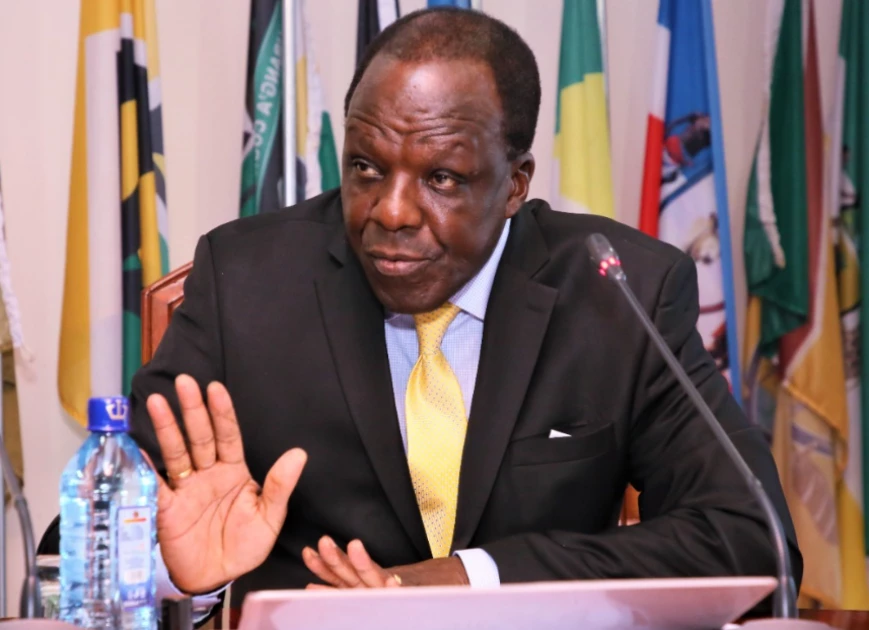The Kenya Human Rights Commission (KHRC) is calling for a complete overhaul of the Hustler Fund, warning that the flagship initiative risks becoming “quick money turned dead money.” Launched in November 2022 by President William Ruto, the fund was designed to uplift Kenya’s informal economy by providing accessible loans to small traders, boda boda riders, and other micro-entrepreneurs. However, a new KHRC study paints a grim picture of its impact two years on.
Using a mix of data reviews and interviews with borrowers, fund managers, and financial partners, KHRC found that the fund’s structure is fundamentally flawed. Loan amounts are often as little as Sh300 to Sh500, which borrowers say are too small to start or grow meaningful businesses. “What business can you start with such an amount?” lamented one frustrated trader.
The short 14-day repayment period and high-interest rates rising from 8% to 9.5% for defaulters have also contributed to soaring defaults. By December 2022, the default rate stood at 68.3%, with over 78% of arrears more than 90 days overdue by June 2023.
In many cases, borrowers admitted to taking loans with no intention of repaying, citing a lack of enforcement mechanisms. Others, particularly informal vendors, feared taking loans due to unstable business environments, including constant harassment and confiscation of goods by local authorities.
KHRC also highlighted low levels of financial literacy as a critical challenge. Nearly half of respondents relied on friends for financial advice, while fewer than 3% received guidance from financial institutions. Without proper training or business development support, most loans fail to translate into sustainable enterprise growth.
Some boda boda operators have found limited use for the fund servicing motorbikes or purchasing spare parts but its effectiveness for larger-scale ventures remains minimal.
KHRC concludes that for the Hustler Fund to fulfill its intended purpose, it must be restructured to offer realistic loan sizes, longer repayment periods, and integrated financial literacy programs. Without such reforms, the fund may remain a politically symbolic gesture rather than a tool for real economic empowerment.

